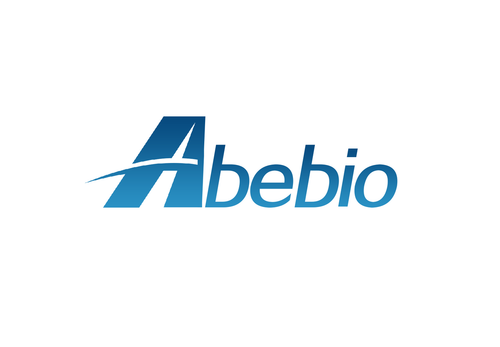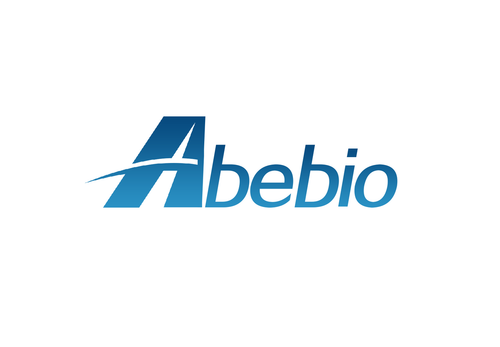Product Description
Mouse Excitatory amino acid transporter 1 (SLC1A3) ELISA Kit | KTE70431 | Abbkine
Application: This Mouse Excitatory amino acid transporter 1 (SLC1A3) ELISA Kit employs a two-site sandwich ELISA to quantitate SLC1A3 in samples. An antibody specific for SLC1A3 has been pre-coated onto a microplate. Standards and samples are pipetted into the wells and anySLC1A3 present is bound by the immobilized antibody. After removing any unbound substances, a biotin-conjugated antibody specific for SLC1A3 is added to the wells. After washing, Streptavidin conjugated Horseradish Peroxidase (HRP) is added to the wells. Following a wash to remove any unbound avidin-enzyme reagent, a substrate solution is added to the wells and color develops in proportion to the amount of SLC1A3 bound in the initial step. The color development is stopped and the intensity of the color is measured.
Detection Method: Colorimetric
Conjugate: N/A
Sample Type: Cell culture supernatants#Serum#Plasma#Other biological fluids
Assay Type: Multiple steps standard sandwich ELISA assay with a working time of 3-5 hours. It depends on the experience of the operation person.
Kit Component: • Mouse Excitatory amino acid transporter 1 microplate
• Mouse Excitatory amino acid transporter 1 standard
• Mouse Excitatory amino acid transporter 1 detect antibody
• Streptavidin-HRP
• Standard diluent
• Assay buffer
• HRP substrate
• Stop solution
• Wash buffer
• Plate covers
Features & Benefits: Mouse Excitatory amino acid transporter 1 (SLC1A3) ELISA Kit has high sensitivity and excellent specificity for detection of Mouse SLC1A3. No significant cross-reactivity or interference between Mouse SLC1A3 and analogues was observed.
Calibration Range: Please inquire
Limit Of Detection: Please inquire
Usage Note: • Do not mix components from different kit lots or use reagents beyond the kit expiration date.
• Allow all reagents to warm to room temperature for at least 30 minutes before opening.
• Pre-rinse the pipet tip with reagent, use fresh pipet tips for each sample, standard and reagent to avoid contamination.
• Unused wells must be kept desiccated at 4 °C in the sealed bag provided.
• Mix Thoroughly is very important for the result. It is recommended using low frequency oscillator or slight hand shaking every 10 minutes.
• It is recommended that all samples and standards be assayed in duplicate or triplicate.
Storage Instruction: The unopened kit should be stored at 2 - 8°C. After opening, please store refer to protocols.
Shipping: Gel pack with blue ice.
Precaution The product listed herein is for research use only and is not intended for use in human or clinical diagnosis. Suggested applications of our products are not recommendations to use our products in violation of any patent or as a license. We cannot be responsible for patent infringements or other violations that may occur with the use of this product.
Background: Glutamate and aspartate are excitatory neurotransmitters that have been implicated in a number of pathologic states of the nervous system. Accumulation of extracellular excitatory amino acids can be cytotoxic and may also lower the seizure threshold in epilepsy. EAAT1 (SLC1A3) is a member of a family of high-affinity sodium-dependent transporter molecules that regulate neurotransmitter concentrations at the excitatory glutamatergic synapses of the mammalian central nervous system. The cDNA encoded a deduced protein that was 95% homologous to a previously reported rabbit glutamate/aspartate transporter. The highest expression was found in the substantia nigra, red nucleus, and hippocampus, and in cerebral cortical layers
Alternative Names: SLC1A3; EA6; EAAT1; FLJ25094; GLAST; GLAST1; excitatory amino acid transporter 1; sodium-dependent glutamate/aspartate transporter
Search name: SLC1A3; EA6; EAAT1; FLJ25094; GLAST; GLAST1; excitatory amino acid transporter 1; sodium-dependent glutamate/aspartate transporter
Tag: SLC1A3
 Euro
Euro
 USD
USD
 British Pound
British Pound
 NULL
NULL








